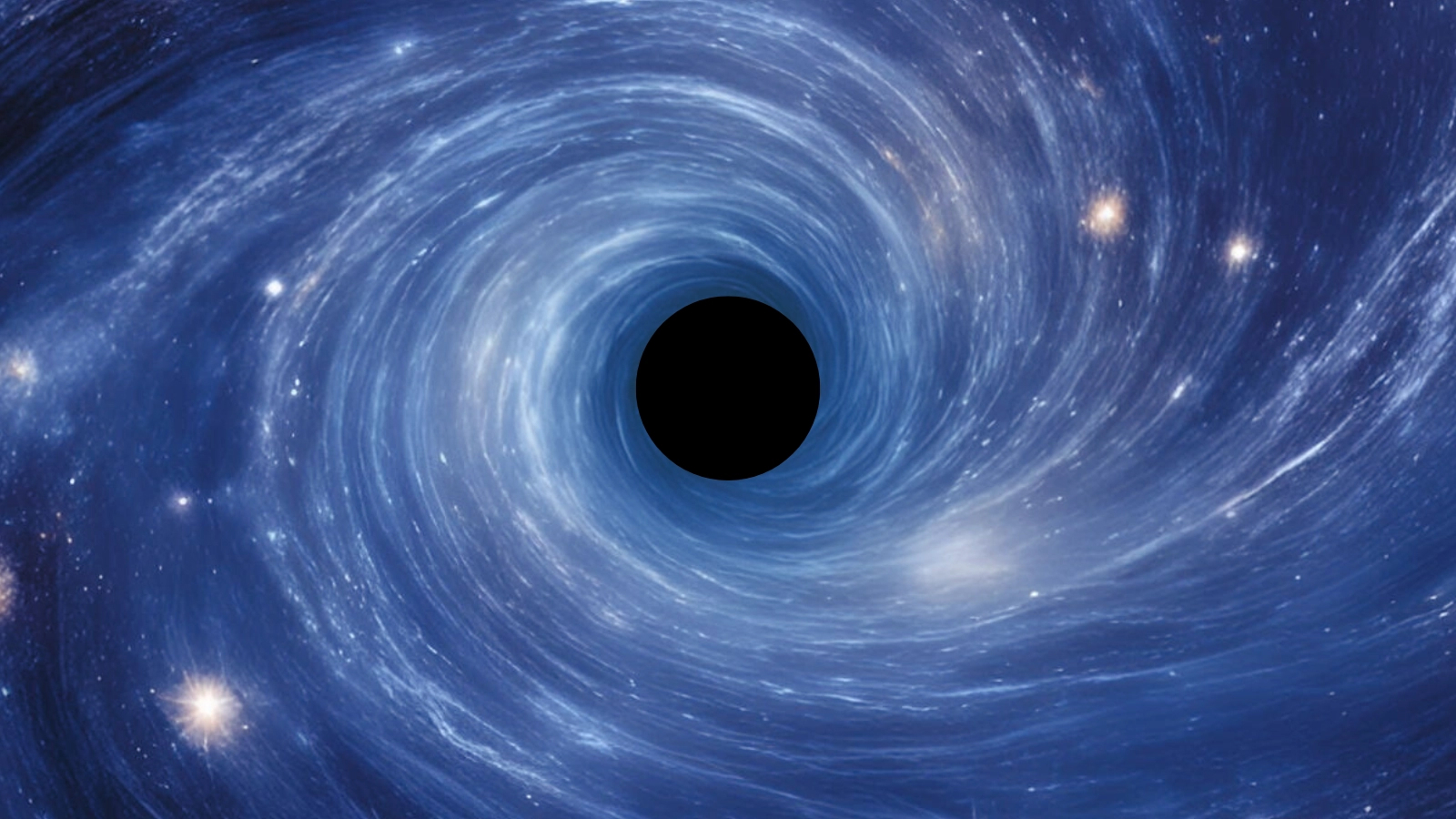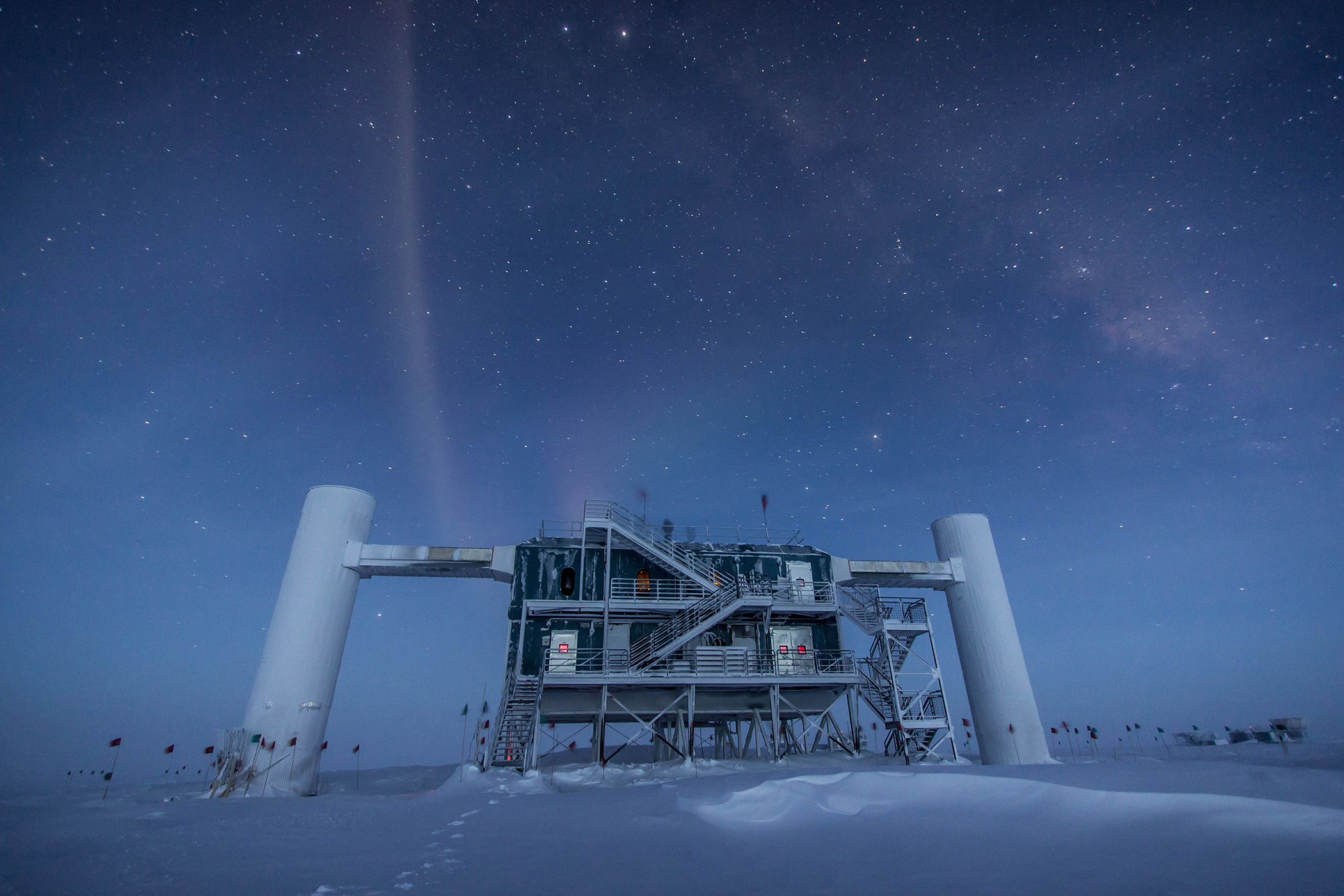When you purchase through links on our situation , we may earn an affiliate direction . Here ’s how it works .
There might be a monumental , beat star out there that deform the stuff of raw vacuum cleaner and foreclose itself from collapsing into a pitch-dark hole .
That ’s the conclusion of anew paperpublished in the journal Physical Review Letters in early February , which allow the first thorough theoretical framework for understanding objects called " gravastars " and " black champion . " These are ultradense , collapsed adept , like the more notable black hole . But unlike smutty holes , gravastars and disgraceful lead do n’t become so dense that they shape result horizons , the borderline beyond which brightness can not escape .

This is a picture of a solar eclipse. We would have used an actual photo of a black star, but there are no photos of black stars. By I,Luc Viatour,CC BY-SA 3.0,Link
That ’s thanks to a phenomenon known as " quantum vacuum polarisation . "
Here ’s how it work :
There ’s a precept in quantum machinist , as Live Science has report antecedently , that empty space is n’t really empty , but instead populate with " virtual particles . " These particles are artefact of the fact , described by quantum car-mechanic , that physics is order more by probabilities than fixed reality . Because of the small hypothesis that a particle might exist in any one empty stop in quad , that empty dot in blank act as if the particle is sort of , kind of there .

And those practical particles have real effects on the human race . Mostly , they ’re pretty small and easy to brush aside . But in the extreme cases described in this report , the particles conceal inside a lumbering , give star would " polarise , " tailor themselves in a means that keeps them from getting too close to one another . They would form a sort of scaffolding that hold the star from crunching too small and becoming a black pickle .
However , just because the newspaper describes a situation in which such stars might live , that does n’t mean they ’re out there , researchers say .
Erin Bonning , director of the planetarium at Emory University in Atlanta , who was n’t involved in the study , told Ryan Mandelbaumof Gizmodo that the paper relies on some simplifications and supposition of how astrophysics works , and that it ’s possible — even likely — that such objects would never emerge in the more complicated terrain of the real world .

However , if they do live , we might have a means to find them : by their gravitation waves . These ripples in place - clock time encounter during trigger-happy cosmic events , when super - hefty objects speed or decelerate really quickly .
Charles Q. Choi spoke to theoretic physicist Paolo Pani of Sapienza University of Romefor Scientific American , who say that the gravitational waves create by interacting horizonless , collapse stars — those gravastars and black stars — would expect different than gravitative waves from opprobrious holes . While black holes take in any moving ridge that crash back into them , a horizonless star would reflect those wave , meaning that the gravitational waves would have a faint echo , Pani say .
in the first place bring out onLive scientific discipline .
















